NEWS
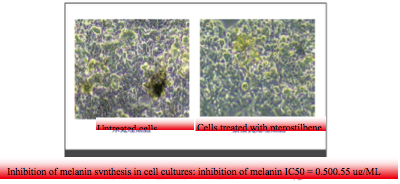
Rosewood extract nanoemulsion (pTeroNano)
Pterocarpus Santalinus Wood Extract Nanoemulsion Bein […]
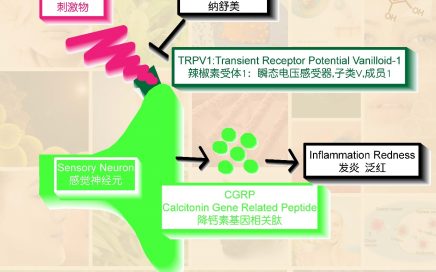
NanoSmooth
Abstract: NanoSmooth is a new multi-effect skin care ac […]
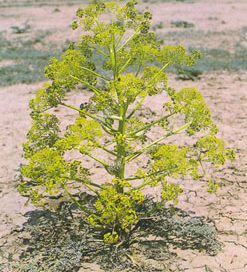
NanoActive FA
NanoActive FA is a novel ferulic acid nanoliposome prep […]
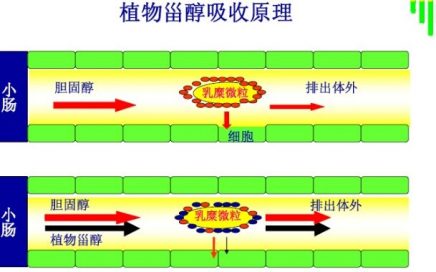
NanoActive phytosterol
NanoActive phytosterol is a new phytosterol nanoliposom […]

Nano Organic Acid Preservative (Bioactive NanoGuard)
Bioactive NanoGuard is a new type of organic acid prese […]
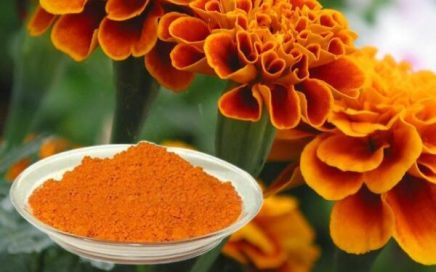
NanoActive Lutein
NanoActive Lutein is a new lutein nano liposome prepara […]
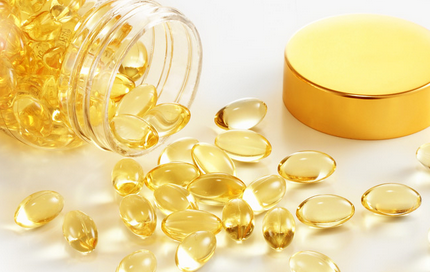
Nano Liposomal Vitamin E (NanoActive E)
NanoActive E is a new type of vitamin E nanoliposome pr […]
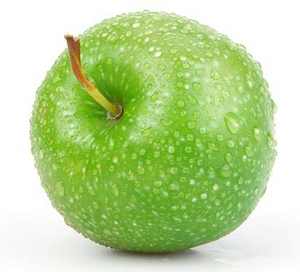
NanoActive C
Nanoactive C is a novel vitamin C nanoliposome formulat […]
New Products
Advanced custom service provider
Design custom nano-transmission systems, bioactive substances, nano-formulations
Advanced Technology
A variety of technology platforms including biotechnology, plant extracts, green chemistry and innovative formulations have been built.
Professional Team
The founder team has more than 20 years of industry experience and a wealth of industry contacts.
Innovative Products
More than cosmetics and raw materials, multiple nanomedicines and biopharmaceuticals are on the market or in clinical research.


